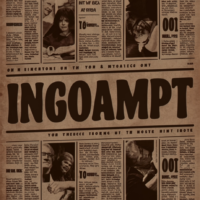3 Types of Gradient Decent Types : Batch, Stochastic & Mini-Batch _ Day 8
Understanding Gradient Descent: Batch, Stochastic, and Mini-Batch Understanding Gradient Descent: Batch, Stochastic, and Mini-Batch Learn the key differences between Batch Gradient Descent, Stochastic Gradient Descent, and Mini-Batch Gradient Descent, and how to apply them in your machine learning models. Batch Gradient Descent Batch Gradient Descent uses the entire dataset to calculate the gradient of the cost function, leading to stable, consistent steps toward an optimal solution. It is computationally expensive, making it suitable for smaller datasets where high precision is crucial. Formula: \[\theta := \theta – \eta \cdot \frac{1}{m} \sum_{i=1}^{m} \nabla_{\theta} J(\theta; x^{(i)}, y^{(i)})\] \(\theta\) = parameters \(\eta\) = learning...


